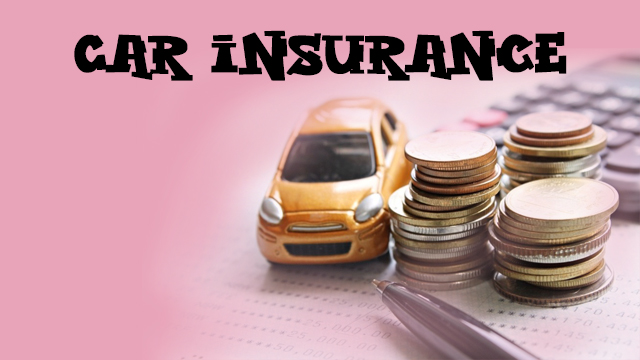Accidents can happen when you least expect it. Depending on the cause and severity of the accident, you may face significant medical bills and vehicle repair costs. Without adequate car insurance, you risk losing your savings and assets. While this increases your monthly expenses, getting car insurance is important because it can help you avoid financial ruin.
What is car insurance?
Car insurance is a contract between the insurer and the insured. The insurer agrees to cover the losses covered in the policy in exchange for the insurer agreeing to pay a premium. According to the Insurance Information Service, car insurance offers three basic types of coverage, viz.
- Liability insurance: Covers medical expenses and repairs that the policyholder is required to pay if they are responsible for the accident.
- Property Damage Coverage: Covers vehicle damage or theft.
- Medical: Covers injury treatment, health care, lost wages and funeral expenses.
What types of car insurance?
When buying car insurance, it is important to know what types of insurance you need to avoid financial loss. Here are the most common car insurance options:
Bodily injury liability
Bodily injury liability covers medical expenses for injuries sustained by other drivers involved in an accident caused by your negligence. You will also be covered if you drive someone else's car with permission. Since you can be sued for large amounts of money if you are involved in a serious accident, you can purchase more bodily injury coverage than the state rating to protect yourself from losing your savings and your home.
Personal Injury Protection (PIP) or Medical Payments (MedPay). PIP or MedPay pays for medical bills to treat injuries you and your passengers sustain after an accident. In addition to medical payments, PIP also covers lost wages and funeral expenses when applicable.
Liability for embezzlement
When you file a property damage claim, you are protected against repair costs after you accidentally damage someone else’s property. It usually involves damage to vehicles, but also damage to buildings, fences, lights, telephone poles, and other structures.
Internal consequences
Insurance covers damage to your vehicle in the event of a collision, rollovers or potholes. Typically, this type of coverage comes with a deductible ranging from $250 to $1000.The higher the deductible will reduce your in cash rewards.
Even if you are at fault in an accident, rental coverage allows you to pay for the cost of repairing your car, minus any deductible. If you have not had an accident, your insurance company may try to deduct the amount you paid to repair your car from the driver's insurance. If your insurance company is successful, you will have to pay for the excess.
Comprehensive
Comprehensive coverage provides financial protection for loss due to theft or damage to vehicles resulting from a non-accidental event, such as vandalism, falling objects, animals, fire, flood, earthquake, windstorm and attack. Typically, this type of insurance can range from $100 to $300, but you can choose a higher policy to lower your premium. If you have everything, you can be covered if your windshield cracks or breaks.
Be aware that your state doesn’t require you to have contact with comprehensive coverage. However, your car loan provider may ask you to carry the items until your loan is paid off.
Complete coverage
Typically, a covered car insurance policy includes liability, collision and comprehensive coverage.
Other coverage
Depending on your personal needs, you can best protect yourself by looking for the following recipes:
- Transport charges: Transport charges cover transport costs if your car is damaged or stolen. Be sure to check the daily dollar limits and amounts to get the best value for your money.
- Gap Insurance: If your car has been declared a total loss, gap insurance covers the difference between the actual value of your car and the balance on your car loan.
- High-Risk Car Insurance: If you've been in a lot of accidents or have a history of traffic tickets, auto insurance companies may consider you a high-risk driver. This means you will have to pay a lot more before your accident or tickets are removed from your record. Many insurers accept a large amount of insurance risk.
How to download PDF book?
If you want to download the full text as a PDF, you can do so by clicking on the PDF download option. You can download the PDF book completely for free. For this you have to click on download option. You must wait 15 seconds before clicking on the download option.
What is a franchise?
The deductible refers to the amount of money you have to pay before your car insurance starts. For example, if your deductible is $500 and you have $2,000 in car damage in an accident, you will pay the first $500 and then your insurance company will take care of the remaining $1,500. Deductibles are much higher than collision and comprehensive coverage.
What does liability insurance mean?
If you live in a state that does not have fine insurance, you must have PIP. If you are involved in an accident, you should use your PIP first, not the driver's liability, to pay for your injuries.
Many drivers choose to purchase only the minimum car insurance required in their states to save money. However, it is recommended to purchase most of the fines. This can help prevent large out-of-pocket costs if you damage your expensive car in an accident. Depending on your situation, it may also be helpful to get all the information or get in touch.

